Every nation has its own identity, and these unique markers are beautifully showcased in the 2023 Women’s World Cup kits.
Football kits are more than just pieces of lightweight, sweat-wicking fabric that players wear to keep cool while on the pitch. Now, perhaps more than ever, they can represent a whole lot more — the history of a football club, the colors of a nation, or the figures of a community. This is the case for the 2023 Women’s World Cup kits.
The FIFA Women’s World Cup only takes place once every four years, and not every nation gets to compete at this top level of football. Thus, the teams that do get to represent their country make sure that they don’t pass up any bit of the opportunity. So, no matter where the tournament is taking place, participating countries make sure that their players take pieces of their nation along with them to the world stage.
For the 2023 Women’s World Cup, symbols representing each country are written on their kits.
Argentina
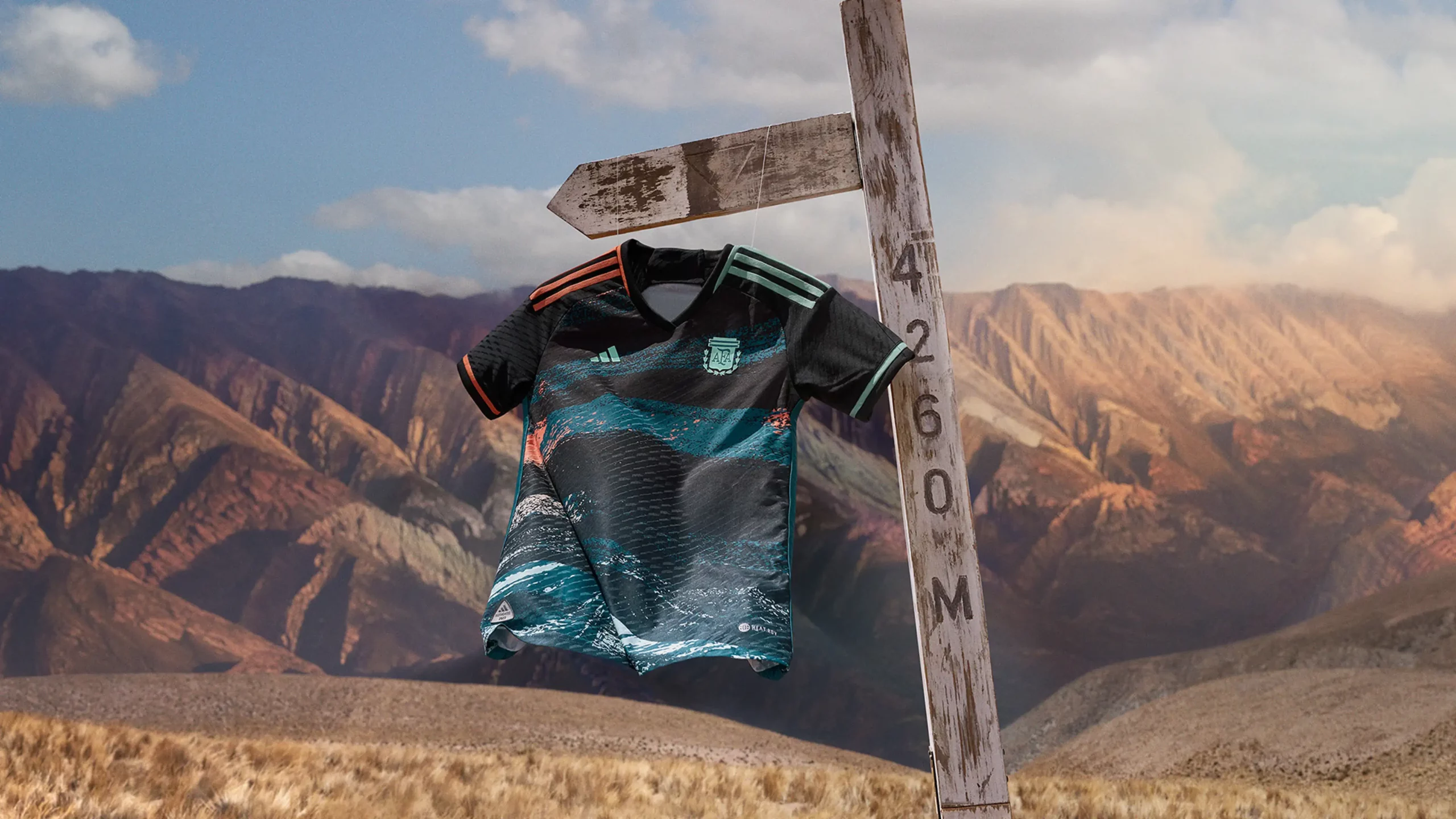
Argentina is a nation well-known for its landscapes, as it is home to many beautiful mountain ranges, and these textures are represented in their team’s away kit for the Women’s World Cup. In particular, many believe that this design showcases the peaks and colors of the Quebrada de Humahuaca mountain range.
But apart from the textures, the kit’s colors of black, teal, and orange also represent the minerals that exist within the rocky landscapes of their country.
Australia
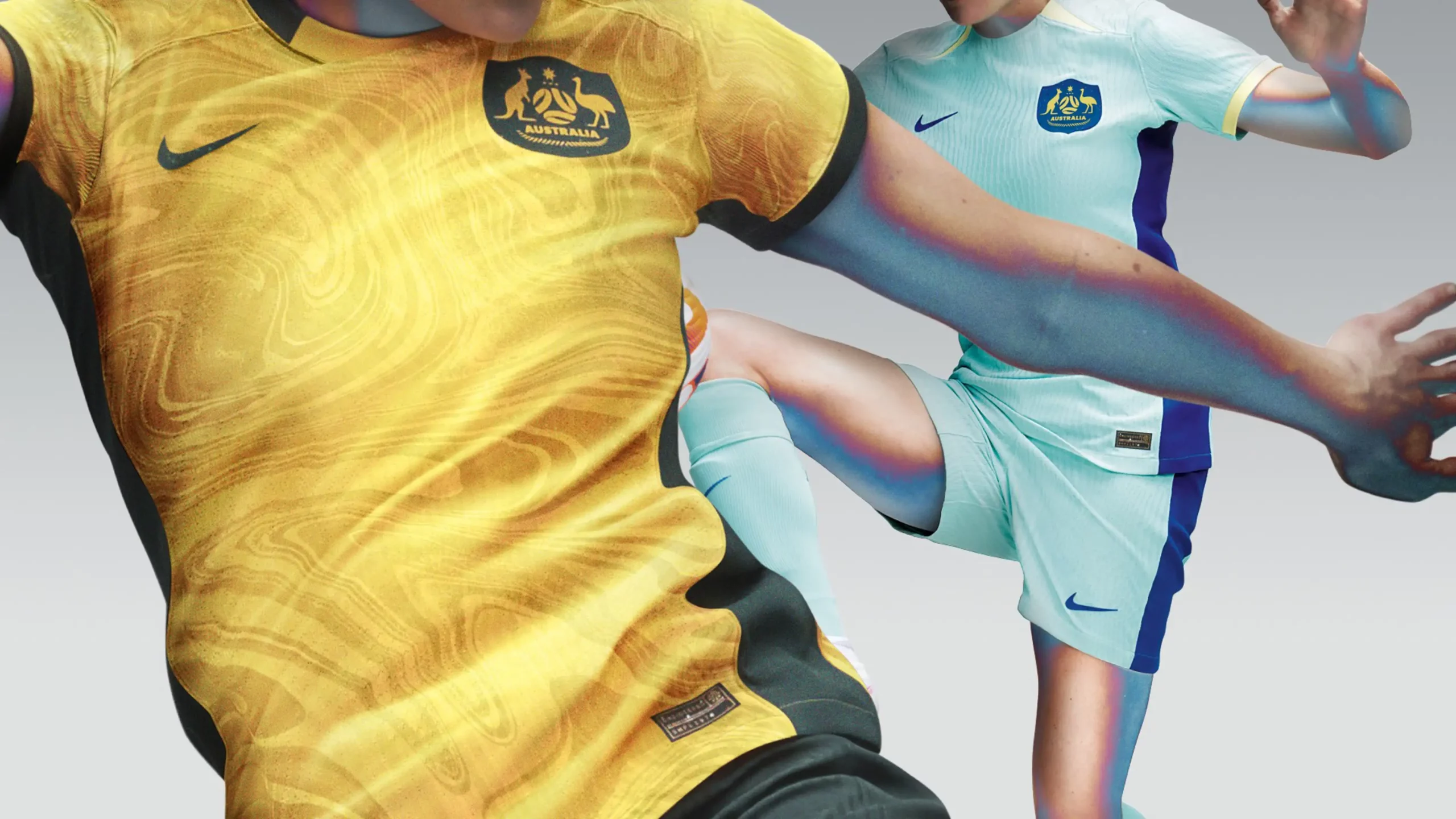
At first glance, Australia’s home kit looks like their traditional gold-and-green combo, which the national team has been using for years. However, as the co-hosts of the 2023 Women’s World Cup, they added a new twist to their colors. Upon closer inspection, you’ll notice the marbling pattern that gives the gold color a dynamic movement. This pattern represents the national flower of Australia, the Golden Wattle, which also pays homage to the country’s diversity.
Colombia
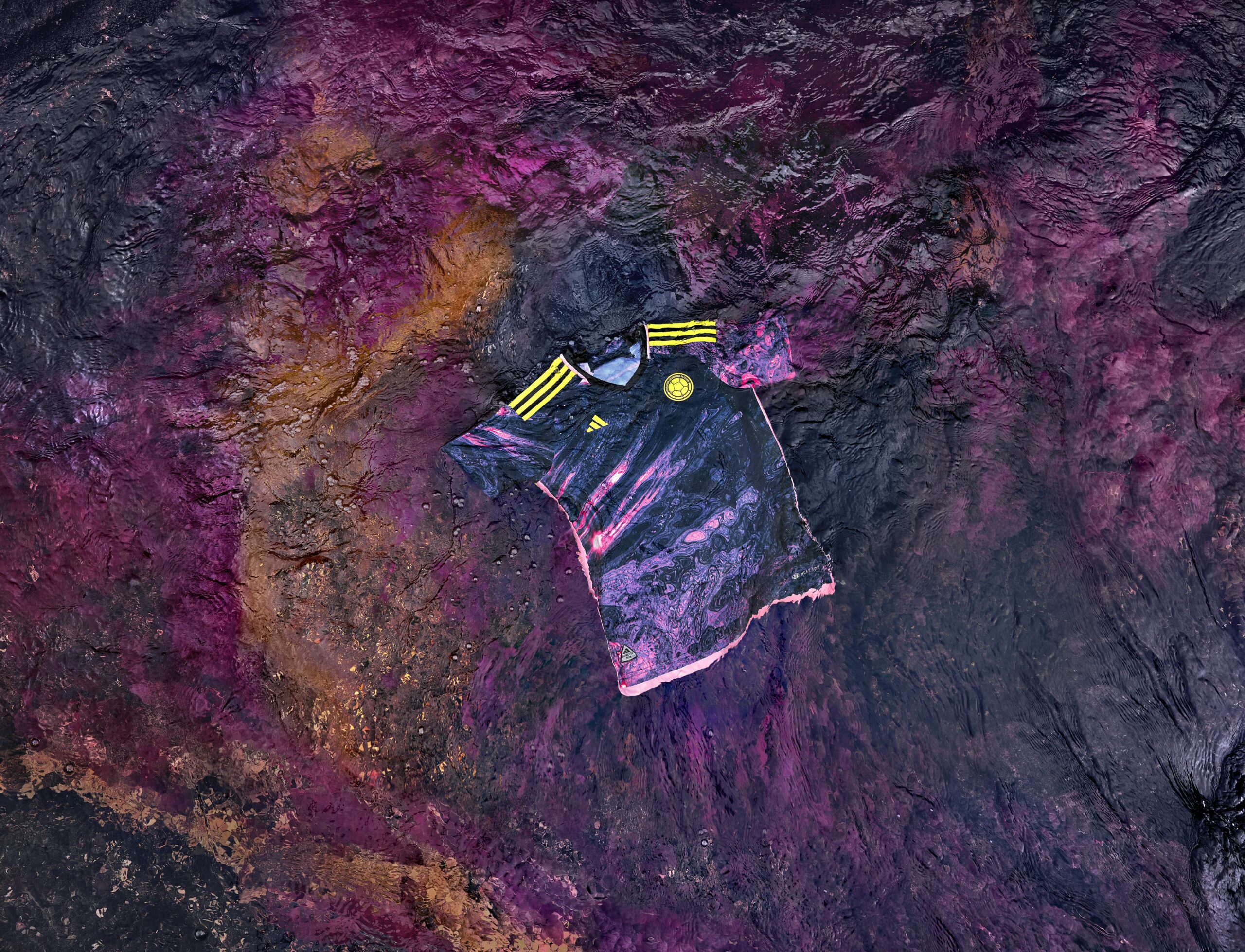
Colombia has one of the most striking away kits among all of the 32 countries competing in the 2023 Women’s World Cup. But what may look like an intergalactic pattern, with the mix of light and dark violets, is actually thought to symbolize the colors of the Caño Cristales River, which is also known as the “Rainbow River” because of its vibrant colors. On top of this Colombia’s national color is still kept intact through the bright yellow details on the kit that contrast the dark base.
France
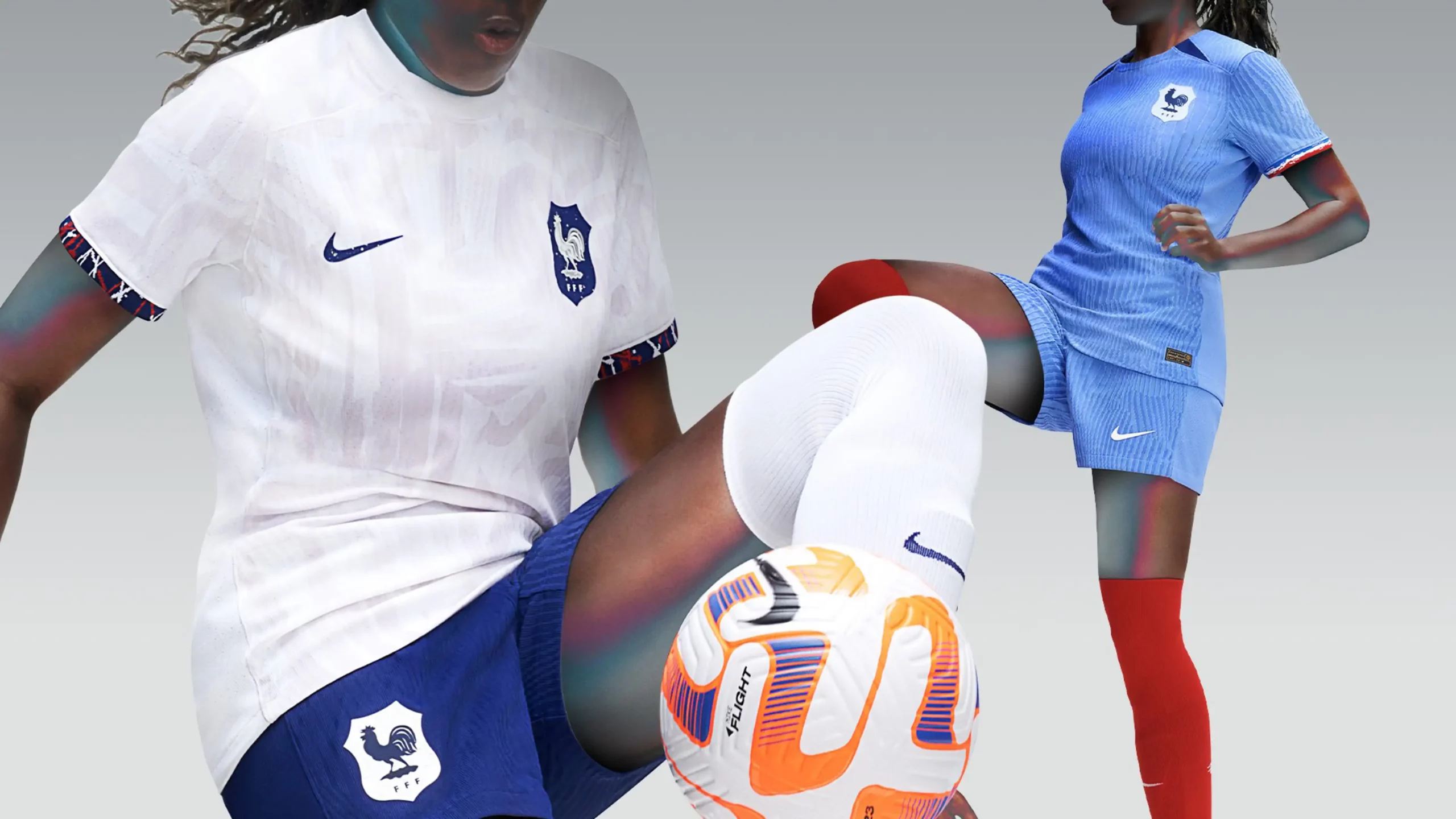
For France’s home and away kits, they channeled a little bit of their country’s history in both the arts and sports. The geometric shapes lightly printed on both kits are an influence of the abstract art form, Orphism, which grew in popularity in the 1920s. This was around the same time that France’s women’s football teams began playing the sport, making these kits an ode to the growth of women’s sports since then.
Germany
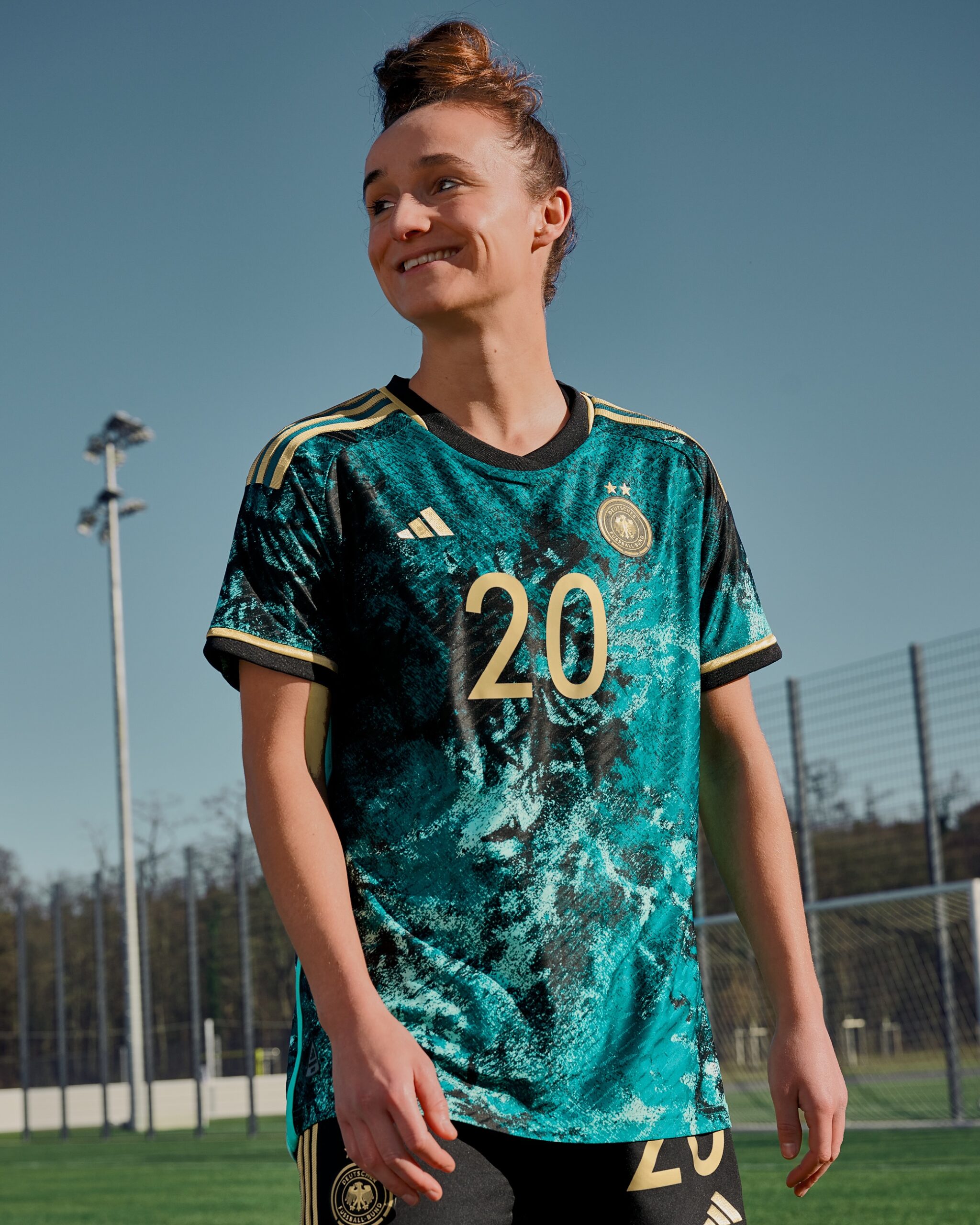
In case you didn’t know that forests cover around 32% of Germany’s land, then their Women’s World Cup kit will tell you. Although Germany often uses the color green for some of their jersey designs, the women’s team’s kits feature a more dynamic play to symbolize their abundant forests, with rich shades of green, dark prints of tree branches, and texture you can almost feel.
Japan
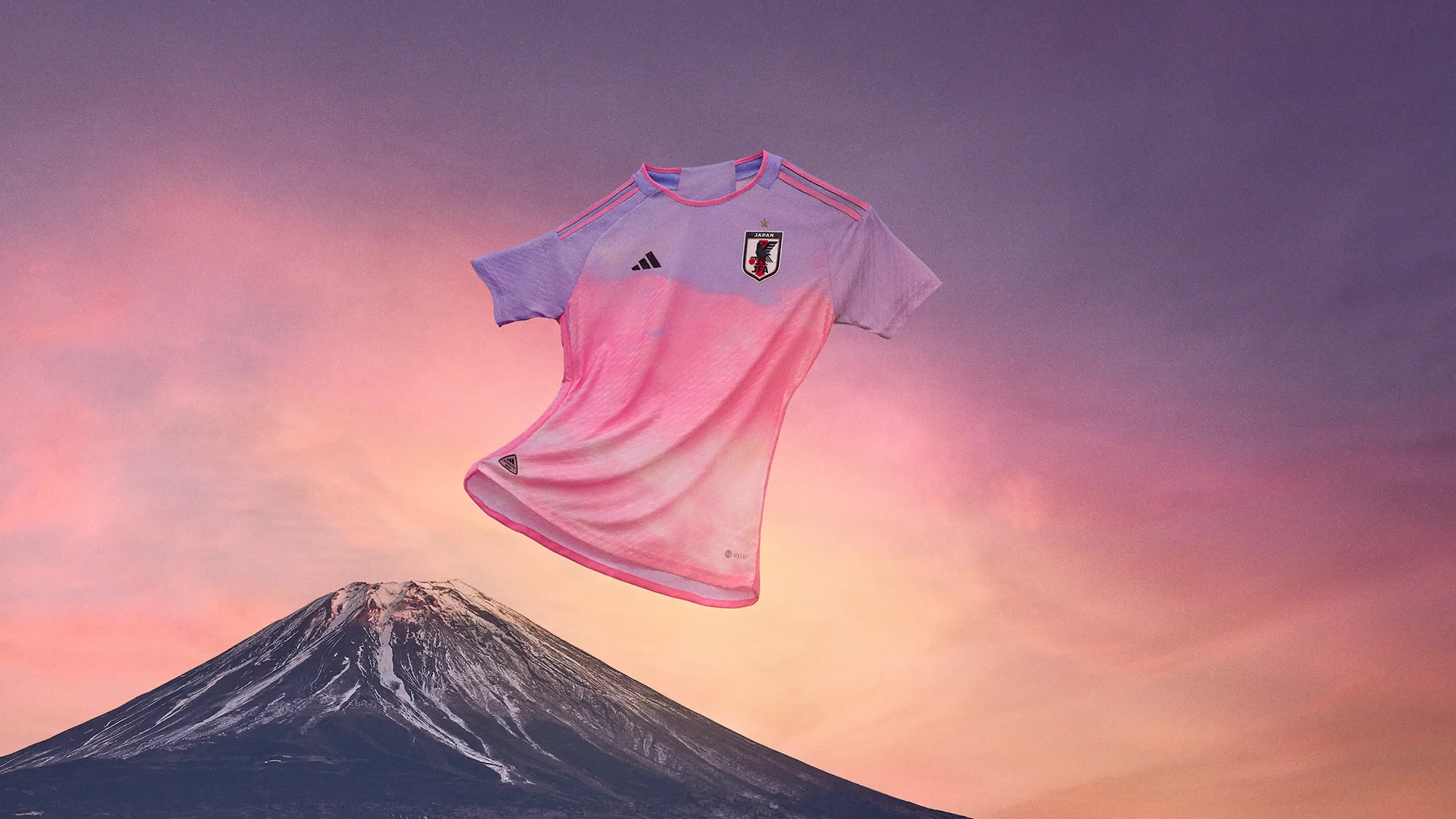
Japan’s away kit has one of the most stunning designs, as the Land of the Rising Sun takes inspiration from its own nickname. But instead of a sunrise, the pastel pink and purple of their kit symbolizes the sunsets that paint the skies in the same colors over Mount Fuji. However, many also believe that these colors are also representative of Japan’s native flower, Sakura, known as the Cherry Blossom.
New Zealand
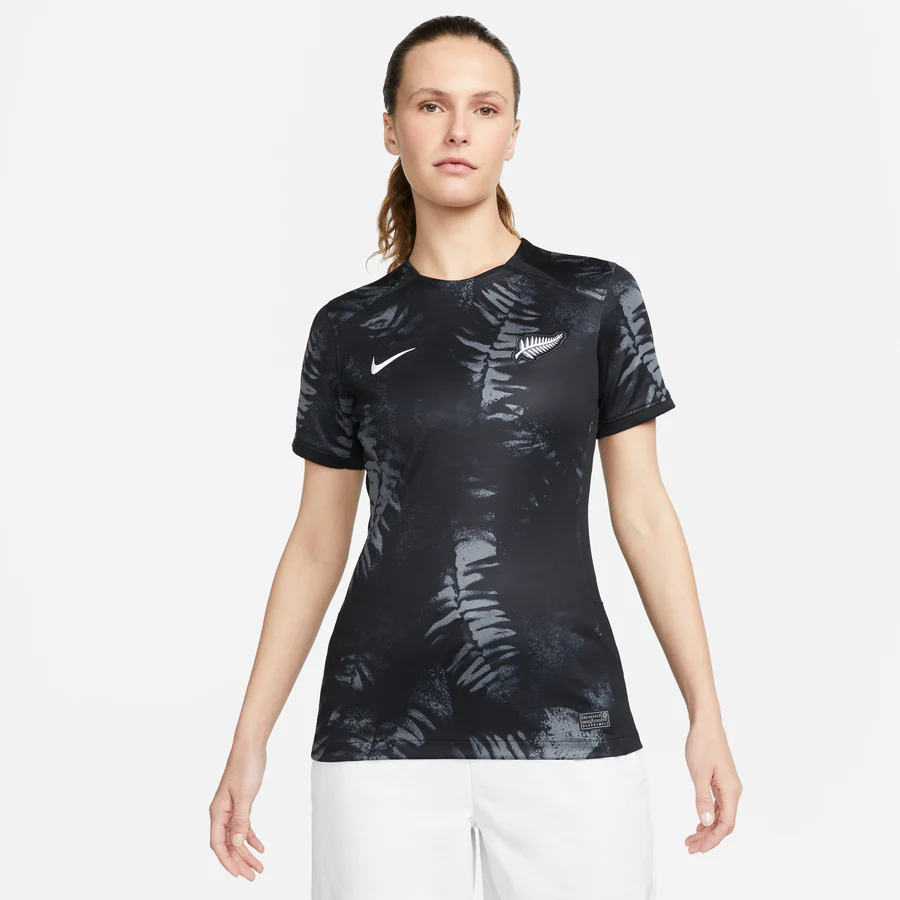
As co-hosts of the 2023 Women’s World Cup, New Zealand is making sure that they will be representing their country loud and proud as they compete on their home soil. Silver ferns leaves are clearly represented on their black home kits — a showcase of their team, known as the Football Ferns.
Philippines
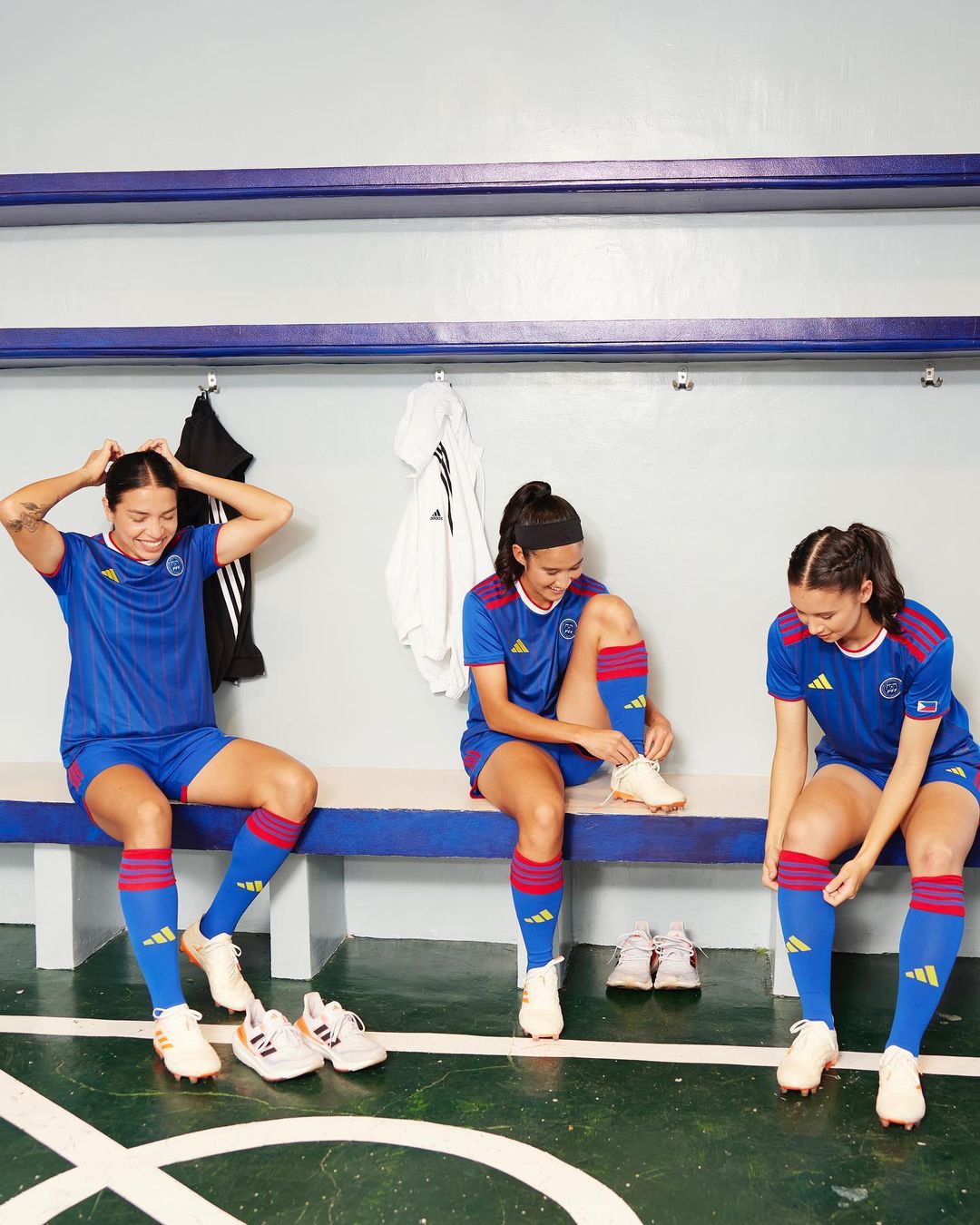
The Philippines is one of the eight countries that will be making its World Cup debut in 2023. To mark the occasion, all three of their Women’s National Team’s kits incorporate deep meaning to capture the history in the making.
They call their home kit Bughaw (which translates to ‘blue’ in English), a color that symbolizes the courage that the Filipinas exhibit as they take on the challenge of representing the country on the biggest stage of football.
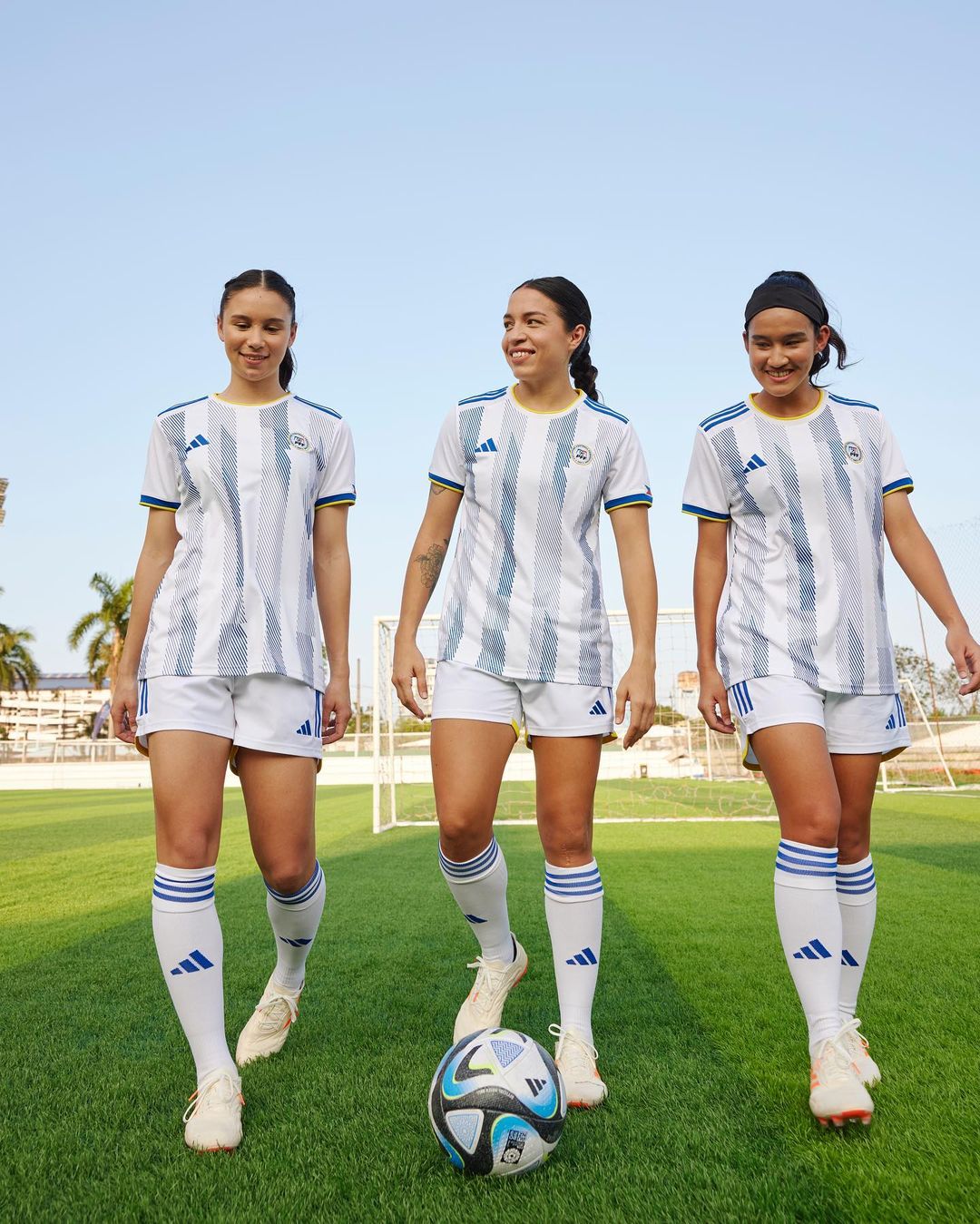
The Philippines’ away kit, Puti (which translates to ‘white’ in English), is a representation of a new beginning or a fresh start. The predominantly white color symbolizes the Philippines’ first time at the World Cup, making a new chapter for women’s football in the country.

Finally, the Philippines’ third kit is Pula (which translates to ‘red’ in English), symbolizing the fire that each and every player carries within their heart — the passion that fuels them to represent the country to the best of their abilities.
Each of the Philippines’ kits also makes use of the colors of the Philippine flag — white, blue, red, and yellow — in various patterns to immortalize the first-ever time it will fly at a football World Cup.
As one of the most historic sporting events, the Women’s World Cup kits had to be just as meaningful.
Banner images from adidas PH on Instagram)
Related Stories:
Listen To The 2023 FIFA Women’s World Cup Official Song!
